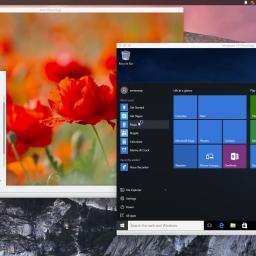Friday Distro: Ubuntu Studio
 Ubuntu Studio was created for a specific use case: multimedia production. Ubuntu Studio focuses on three core areas - video production, audio production and graphics. It uses low-latency Linux kernel, which is built with different configurations to reduce latency, something that is critical in cases of real-time audio recording. Users can use the appropriate kernel tree suited for their work. It comes with a huge list of open source applications for these three areas. Ubuntu Studio does more than just offer multimedia production applications.
Ubuntu Studio was created for a specific use case: multimedia production. Ubuntu Studio focuses on three core areas - video production, audio production and graphics. It uses low-latency Linux kernel, which is built with different configurations to reduce latency, something that is critical in cases of real-time audio recording. Users can use the appropriate kernel tree suited for their work. It comes with a huge list of open source applications for these three areas. Ubuntu Studio does more than just offer multimedia production applications. The first version of Ubuntu Studio was released in 2007 and it was based on Gnome. In 2011, with the arrival of Gnome 3, the project decided to switch its base to Xfce, a move that the founder of the project said would offer some "immediately tangible" advantages: "For example, XFCE represents a familiar desktop metaphor (@Fab thanks) for users and provides a more resource friendly environment than GNOME, KDE, or (I would expect) Unity."
http://www.itworld.com/article/2998305/linux/meet-the-ubuntu-family.html#slide5
When Ubuntu Studio was released they all gave it a try, but they didn't stick with it for more than one or two release cycles and are all back on bare Ubuntu. I'll try to ask them why.